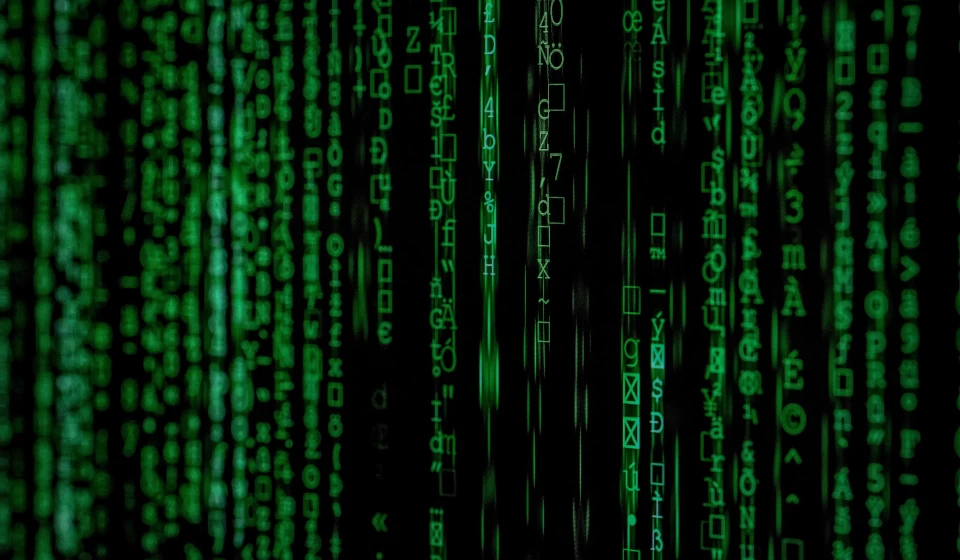Lost in the Algorithm: Who Owns Our Digital Past?
March 19, 2025

Article by Natalia Abuladze
Edited by Tasia Kurdghelia
Photo Credit: https://medium.com/
Source: GZAAT Gazette
On January 19, 2025, the U.S. government officially enforced a nationwide TikTok ban. Before the ban was officialized, influencers posted emotional goodbyes to their followers. Shortly after the ban, influencers like James Charles could sneak in on the app using VPNs and secretly say hello to the world, awaiting their return.
In the modern world, our personal experiences, history, and every single recurring event are stored in digital spaces. In an era where almost everything is digital, the following question arises: Do we own our digital memory or is it at the mercy of the governments and their algorithms? Digital Memory, although directly defined as a storage of information in digital formats, is much more than that. It shapes the way humans perceive, remember, and access the past. In contrast to human memory which fades naturally, one’s digital memory can be selectively cleared out or manipulated.
It is very common for social media apps to suddenly feed you with pictures of the cute babies you ranted to your friends about, or maybe fill your feed with food when you are the most hungry. This is not a coincidence. Social media apps do not “read your mind”, they analyze your behavior. Many factors influence the content that is given to people. Social media tracks our location, search history, and what we text our friends about —even listening is a possibility but less likely to happen. Through these close interrogations of one's personal preferences, apps can attract users through their carefully curated content, which fits each user individually.
If every action we take online is tracked, analyzed, and curated for us, then who is truly in control? Understanding the power of the algorithm may bring us one step closer to answering this question. Algorithms are structured sets of data designed to produce specific outcomes. In the case of social media, this means that it determines what we see when we see it, and at what frequency it is delivered to us. Because of how regularly humans use social media, algorithms have become normal, but they are designed to keep the users hooked, helping these apps to gain more profit.
Social media algorithms can easily predict human behavior; After closely analyzing user data, platforms customize every feed to match the user’s preferences. Started watching a new TV show? Be sure to find its edits all over your page. Curious about why your tooth hurts when you blink your left eye? Doctors all over the world are ready to treat you! These responses seem to be natural but the intention of the people behind them may not be as good to hear. The tech companies use three main methods of tying content to users. Algorithms create echo chambers, meaning that a user is only shown what aligns with their beliefs and, therefore is unable to view alternative beliefs, limiting the changeability of their perspective. They mostly show viral trends, which overshadow crucial news, quietly hiding critical information. And finally, they censor certain content that may put favored political ideologies under uncertainty.
So, even if the TikTok “For You” page feels personal, this feel is purely based on the carefully chosen content to keep users scrolling longer. To further question our role in shaping our digital world, we need to dive deep into the manipulation of one’s digital content. Have you ever saved a video you wanted to show your friends about a Trump opponent who exposed all the shocking things that he has done, but the next day the video was gone? Because you forgot to save it, you are now unable to show your friends these truths, making them disappear. Just like this, tech companies choose to shadowban, delete, and demonetize content that does not align with either their beliefs or general preferences. Despite the internet’s ability to store huge amounts of information, tech companies are fully capable of making users forget information by erasing content at their discretion.
Now, people question the motives of these companies, and the most common answer would be political pressure. Government influence over platforms is growing. For example, just recently Twitter complied with the U.S. government’s request for its takedown, now under the ownership of Elon Musk.
While tech companies already have a significant influence over what the users see, they are not the only ones with this power. Government intervention is increasing. They are suppressing, regulating, or even banning the platforms completely. The most controversial example? The U.S TikTok ban in January 2025.
Many governments like China, the U.K., India, and Canada have tried to ban TikTok, the ban initiated by the United States in January 2025 was the most extreme. Though, on the surface, millions of users were robbed of a safe space for expression, the case looked much uglier in court. The key concern was the high probability of the Chinese accessing the users’ data. While the purpose of the ban was to limit foreign influence and protect user data, protests, lawsuits, and petitions quickly followed the initiative. People believed that the ban was politically driven, as there is no evidence that TikTok is more dangerous than other social media platforms that are used as frequently. This ban also puts the people who rely on their income on TikTok at risk.
But shortly after 12 hours from the official ban, TikTok returned to its awaiting users. This was because of legal challenges and public backlash. Despite the controversy around TikTok, the CEO of TikTok, Shou Zi Chew, denied any ties with the Chinese government. “TikTok will remain a place for free expression and will not be manipulated by any government," said Chew during his hearing.

